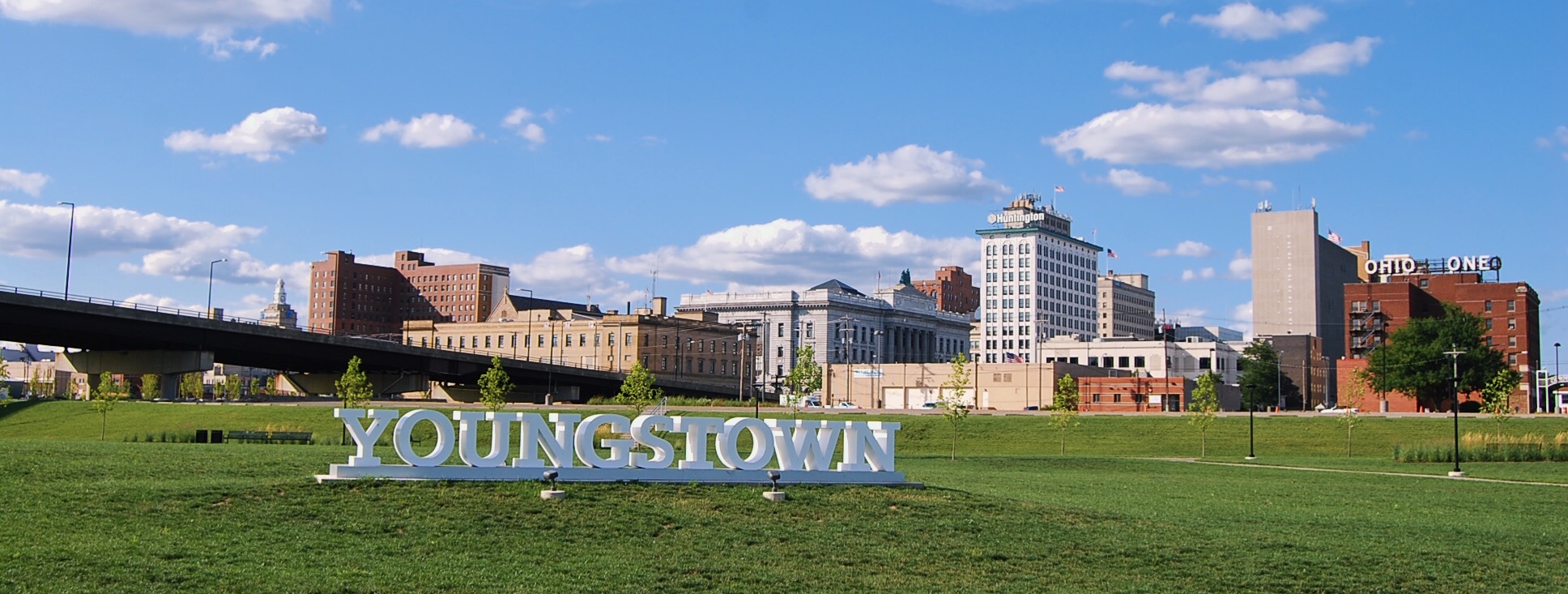In the rolling hills of Northeast Ohio, where Lake Erie meets the Ohio River, a quiet revolution is underway. The Lake to River Region, JobsOhio’s seventh and final regional division, is redefining economic development by leveraging a unique ecosystem of collaboration, natural assets, and innovative workforce strategies. Launched on May 1, 2024, this initiative is not just a new pin on the map—it’s a model for how regions can harness their distinct strengths to spark growth, attract investment, and rebuild communities. For economic development professionals nationwide, the story of Lake to River offers a compelling case study in adaptability and partnership.
The seeds of this transformation were planted when local business leaders, led by Guy Coviello, President and CEO of the Youngstown/Warren Regional Chamber, recognized that the four-county area—Ashtabula, Mahoning, Trumbull, and Columbiana—needed a tailored approach. Previously part of the sprawling Team NEO region, which covered 18 counties, the Lake to River area had been overshadowed. “The assets and challenges here are different,” Coviello explains. “We felt it was critical to focus on what makes us unique.” That uniqueness includes two deep-sea ports less than 100 miles apart, connected by a four-lane highway and a Class I railroad—a logistical advantage unmatched anywhere else in the U.S.
JobsOhio, Ohio’s private economic development corporation, was the perfect vehicle to bring this vision to life. Founded in 2012-13 and funded by liquor sales, JobsOhio operates with a nimbleness that public agencies often lack. Its private status allows it to shield sensitive negotiations with site selectors—professionals scouting locations for factories and warehouses—from competitors and speculators. This confidentiality has proven a game-changer, drawing companies to Ohio that might otherwise hesitate. When the Lake to River Region was carved out, it became a laser-focused partner for a region ripe with potential.
At the heart of this ecosystem is Encino Energy, a Houston-based oil and gas giant that has become a cornerstone of the region’s resurgence. Since entering the Utica Shale in 2018 with the acquisition of Chesapeake Energy’s assets, Encino has grown to hold over a million acres under lease, making it Ohio’s largest well owner. “We’ve led the state to historic levels of oil production,” says Jackie Stewart, Encino’s VP of External Affairs. The company employs 150 people in Ohio—60% of its workforce—and supports hundreds more through contractors in the Mahoning Valley. From steel production in Youngstown to truck drivers and supply chain vendors, Encino’s ripple effect is palpable. With plans to add a fourth drilling rig in 2025, the company is doubling down on its investment, signaling confidence in the region’s future.
But economic development isn’t just about big players—it’s about building an ecosystem where everyone thrives. The Youngstown/Warren Regional Chamber, a linchpin in this effort, bridges the gap between corporations like Encino and smaller businesses. Vern Richberg, the Chamber’s Director of Economic Opportunity and Inclusion Initiatives, emphasizes reaching “underutilized businesses”—minority-owned, women-owned, and veteran-owned firms that might not see the Chamber as a resource. Through supplier diversity programs and DEI&A (Diversity, Equity, Inclusion, and Accessibility) training, the Chamber ensures that growth is inclusive. “We’re connectors,” Richberg says. “We help businesses find the technical assistance they need to scale.”
Workforce development is the glue holding this ecosystem together. The Lake to River Region’s mantra—Retain, Return, Receive—guides its strategy. “Our number one priority is growing the workforce,” Coviello says. Retaining young talent means marketing the region’s low cost of living, proximity to cities, and burgeoning opportunities in high-tech manufacturing, oil and gas, and additive manufacturing (3D printing). Youngstown, home to the nation’s designated hub for additive manufacturing since 2012, is a focal point for this innovation. Meanwhile, efforts to “return” former residents and “receive” new ones, including through legal immigration, are bolstered by a housing study led by the Eastgate Regional Council of Governments. “Growth is coming,” says Jim Kinnick, Eastgate’s Executive Director. “We’re assessing how to fix old housing, build new units, and ensure there’s enough stock for everyone.”
Nonprofits like Goodwill Youngstown, celebrating 130 years in 2025, add another layer to this ecosystem. Through career services and a community needs assessment, Goodwill tackles barriers to employment—housing, transportation, childcare, and even opioid addiction—helping employers like Encino find workers. “We’re more than a store,” says Shelley Murray, a Goodwill spokesperson. “We’re closing the gap between employers and the workforce.”
The results are tangible. In December 2024, Lake to River helped Youngstown secure $500,000 from JobsOhio to kickstart a downtown reboot, revitalizing a city once synonymous with industrial decline. Governor Mike DeWine hailed the region as “a new era” for Northeast Ohio. For economic development professionals, the takeaway is clear: success lies in aligning natural assets, private-sector agility, and community collaboration. Lake to River isn’t just rebuilding an economy—it’s rewriting the playbook.
Sidebar: Lake to River Highlights
- Downtown Youngstown Reboot: In December 2024, JobsOhio’s Lake to River Region awarded Youngstown a $500,000 Vibrant Community Program grant to initiate a downtown revitalization plan, breathing new life into the city’s core. (Source: JobsOhio News)
- Official Launch: Announced by Governor Mike DeWine, the Lake to River Region began operations on May 1, 2024, as JobsOhio’s seventh region, focusing on Ashtabula, Mahoning, Trumbull, and Columbiana counties. (Source: Governor’s Office)
- Unique Geography: The region boasts two deep-sea ports—on Lake Erie and the Ohio River—less than 100 miles apart, linked by a four-lane highway and Class I railroad, offering unmatched logistical potential.
- Workforce Focus: The “Retain, Return, Receive” strategy targets talent retention, repatriation, and immigration, supported by a housing study to accommodate growth.
- Innovation Hub: Youngstown’s designation as the national hub for additive manufacturing since 2012 positions the region as a leader in high-tech industry.

